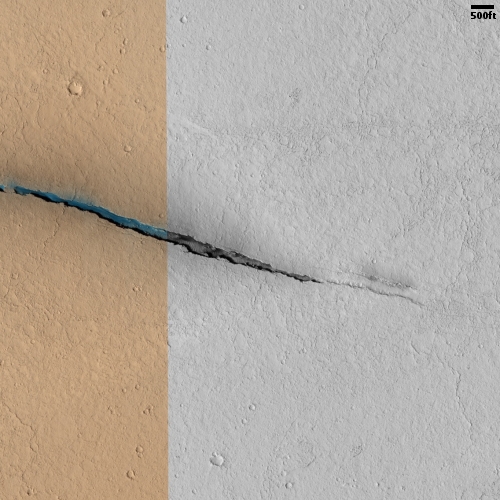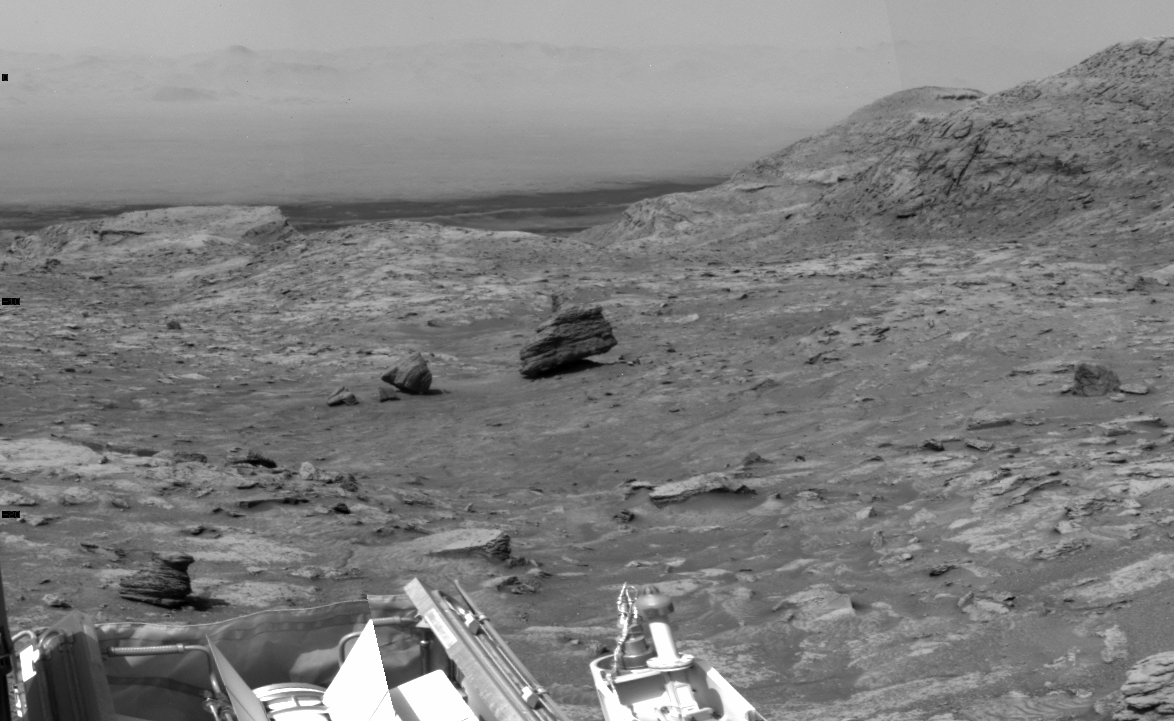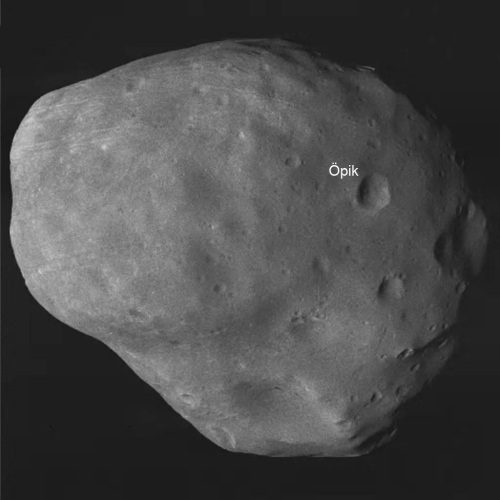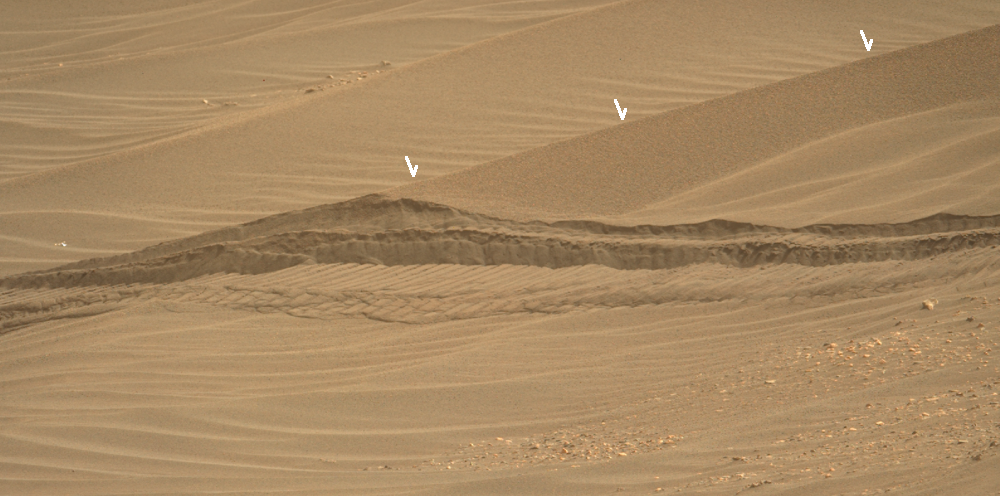China launches new rocket
The new colonial movement: The Chinese Academy of Science today successfully completed the first launch of Lijian-1, a new four stage solid fueled rocket, placing six satellites into orbit.
The Chinese state press announcement is here. I am using the name of the rocket from this source.
The rocket is an upgrade of a “road-mobile” ICBM, and can place two tons into orbit, making it the largest solid-fueled rocket in China’s arsenal of rockets. It launched from a pad built especially for it at China’s interior Jiuquan spaceport, which means it dumped its first, second, and maybe its third stages on Chinese territory.
The leaders in the 2022 launch race:
33 SpaceX
25 China
9 Russia
5 Rocket Lab
4 ULA
American private enterprise still leads China 46 to 25, and the entire globe combined 46 to 41.
The new colonial movement: The Chinese Academy of Science today successfully completed the first launch of Lijian-1, a new four stage solid fueled rocket, placing six satellites into orbit.
The Chinese state press announcement is here. I am using the name of the rocket from this source.
The rocket is an upgrade of a “road-mobile” ICBM, and can place two tons into orbit, making it the largest solid-fueled rocket in China’s arsenal of rockets. It launched from a pad built especially for it at China’s interior Jiuquan spaceport, which means it dumped its first, second, and maybe its third stages on Chinese territory.
The leaders in the 2022 launch race:
33 SpaceX
25 China
9 Russia
5 Rocket Lab
4 ULA
American private enterprise still leads China 46 to 25, and the entire globe combined 46 to 41.














